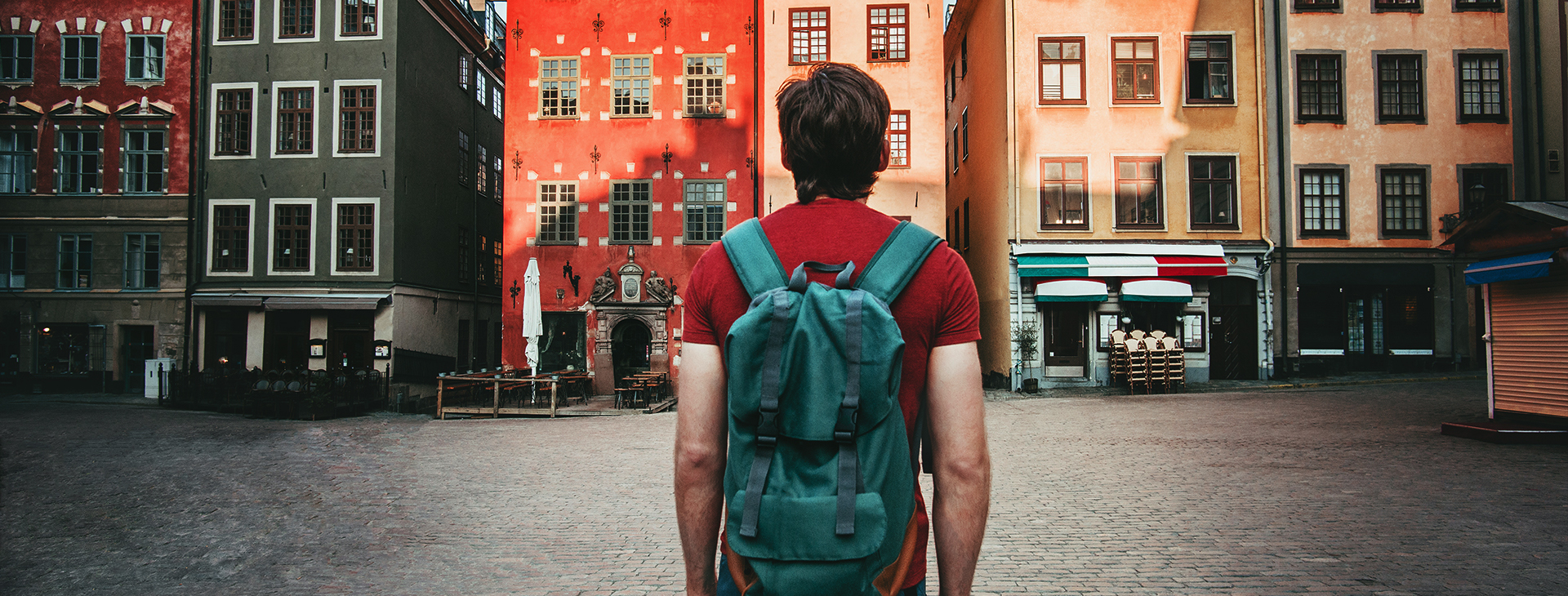Is it better to have roots or to have nomadic lifestyles?
The home and our relationship with it have always reflected our way of being in the world.
In Italy in particular, the home is a tradition and a gift that is passed down within the family or the result of a long-standing commitment, and is a symbol of bonding and construction: it is chosen and organised according to the interweaving (relationships and activities) that take place in our daily lives.
If until recently the winning cultural image was that of building roots, today there is a counter-narrative that emphasises the advantages of digital nomadism, which envisages a life without boundaries, made up of exploration of opportunities, of no attachment to objects and places, in a liquid society created by the digitalisation of work, particularly the development of smart working activities.
Experiencing life as a digital nomad
Brian Chesky, CEO and founder of Airbnb, not only announced that he would live by travelling between flats available on his platform, but also launched the House for 1 euro initiative to experience life as a digital nomad and announced that 300,000 people have applied.
Beyond the promotional campaigns of those who have created a platform that has already revolutionised tourism in concrete terms, there are people who have always experienced this nomadic lifestyle and know its limits.
Mobile and nomadic as concepts, not just geography
Laurence Humier is a designer whose creativity has been mobile and nomadic not only geographically but also conceptually.
An experimenter by vocation, she has created games for children and for business, a prototype chair that has been in the Ferragnez home as well as in museums and art galleries, and created iconic objects such as the life-saving bag.
Today she is gaining experience at the Apple Academy in Naples to re-invent herself in computing design.
After travelling all over Italy, she set up a base in Venice, where she renovated a small flat that he rents out to other nomads or tourists, and chose Ischia as her temporary home.
To be a digital nomad for life: yes or no?
“It used to take me three hours to get to Naples and three hours to get back, but then remote teaching made my life easier. I’ve organised myself for the next few months so that I can use my scooter to get to the ferry, reducing my travelling time to four hours. The time spent on the ferry is an added value, because it’s my social space, a bit like the coffee machine for those who work in traditional environments,” explains Laurence, who really doesn’t like the prospects of being a digital nomad for life.
I move because I love discovering new paths, it’s a need that forces me to always put myself in a beginning, I always feel driven to take a first step. I admit, however, that I crave roots: I like habits, and every time I move, I try to create links. You need to stay at least a year in a place to gain meaningful experience.”
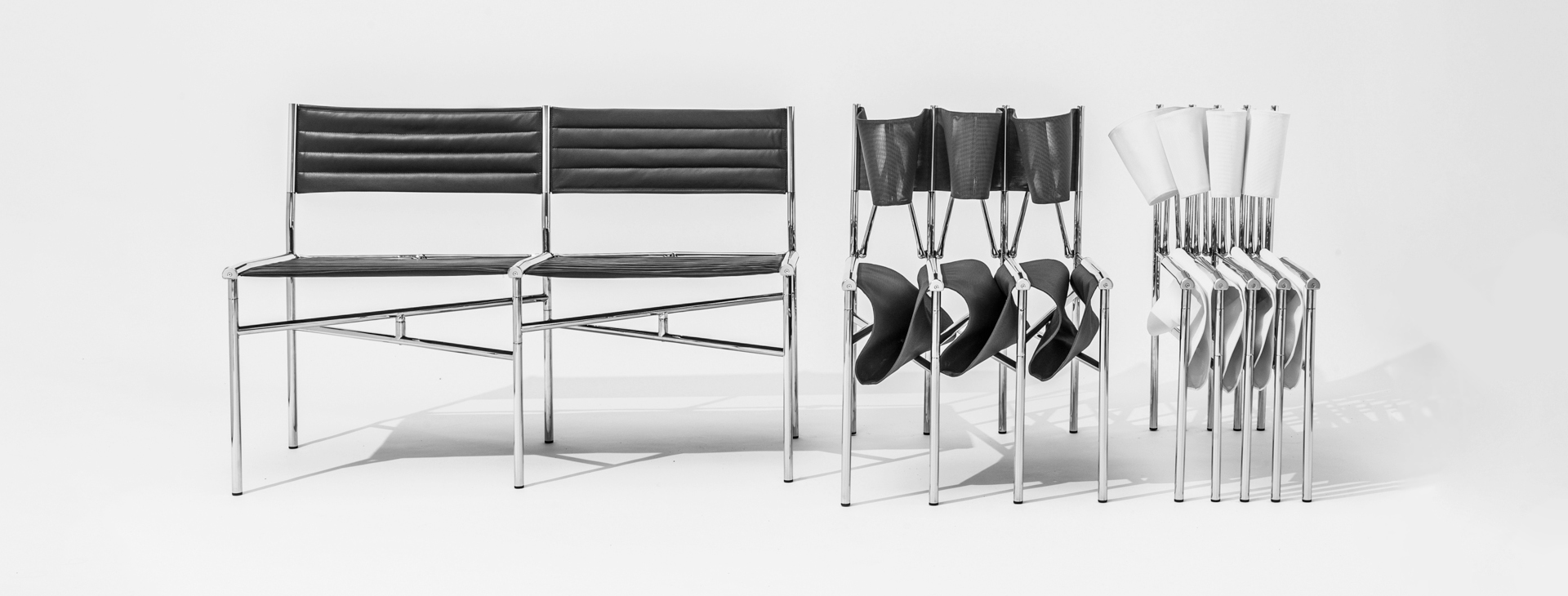
Image by www.laurencehumier.com – Photography by Laurence Humier.
The characteristics of a digital nomad house
We asked her what characteristics a hospitable home should have for a travelling nomad.
“It must have a few very select things that convey to the guest the care that has gone into thinking about who will be staying in those spaces. You must not invade with a style that is too personal, you have to respect everyone’s tastes and the emptiness gives those who arrive the chance to create their own space.
I chose white for the walls, but I chose it with care, in its warm shades linked to the presence of yellow, which creates a bright environment. I accompanied that particular shade with details that underlined the sense of openness.
What I look for in a house when I move around is the landscape, details that take me back to history, to my roots, perhaps looking at a frescoed ceiling”.
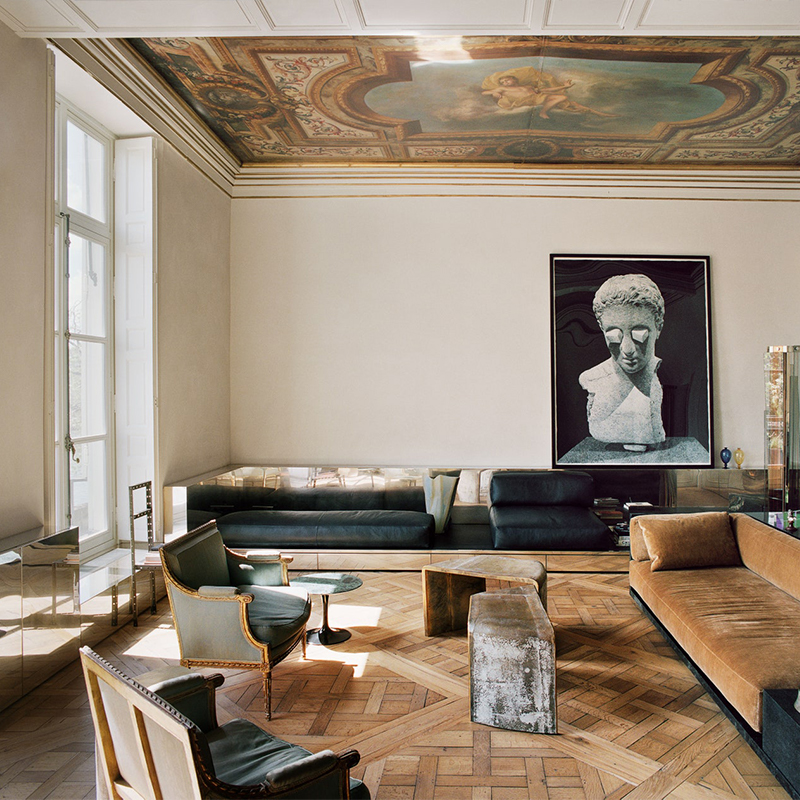
Image by www.architecturaldigest.com – Photography by François Halard.
The maintenance of a home for digital nomads
A key issue for those who open their homes to the life experiences of others is maintenance.
“One chooses to rent a house in order to keep it warm, which if abandoned, not lived in, would have various problems of humidity and degradation. We, the hosts, are obliged to keep the flats well cared for, devoting small attentions to them, repainting or touching them up, something which would not be done out of laziness. Opening the doors of one’s homes means taking care of them and having an outside eye on their value.”
In addition to the importance of maintenance, Humier emphasises how crucial it is, once a house has been renovated, to have good construction management.
“I think it’s one of the most difficult jobs.Coordinating times and materials and maintaining a balance between quality of work, costs and deadlines, even for a small construction site such as a flat, is an art that requires a lot of decision-making and precision”.
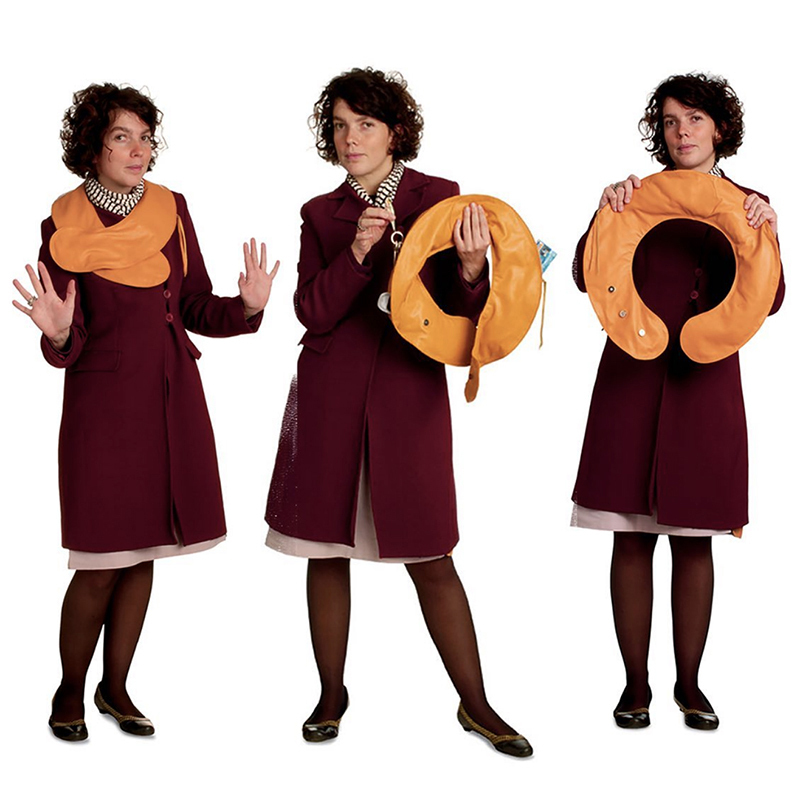
Image from IG profile
Being nomads: vocation or necessity?
Being a nomad by vocation is different from being a nomad by necessity, unless the necessity is an internal urge to explore.
One of the designer’s dreams is to live on a boat “because if something limits me, I can move”.
The choice to go out to sea and give up foundations is not so rare: Roberto Soldatini, a conductor we have read about in recent months in various publications, lives on a boat with his extremely precious 1714 Stradivari cello: an instrument which he says plays with a human voice, so it is as if he had welcomed the Sirens on board and talked to them every day, instead of being terrified of them.
The roots leave room for the seed of his vocation, which is not that of attending large concerts, which Soldatini conducted until 2006, but of the freedom to experience the intensity of music (which the skipper compares to sailing) on a few square metres, which you have to take care of constantly if you want to glide through the experiences quickly.
Today, his vocation is to teach, to transmit in conservatories near a beautiful sea port.
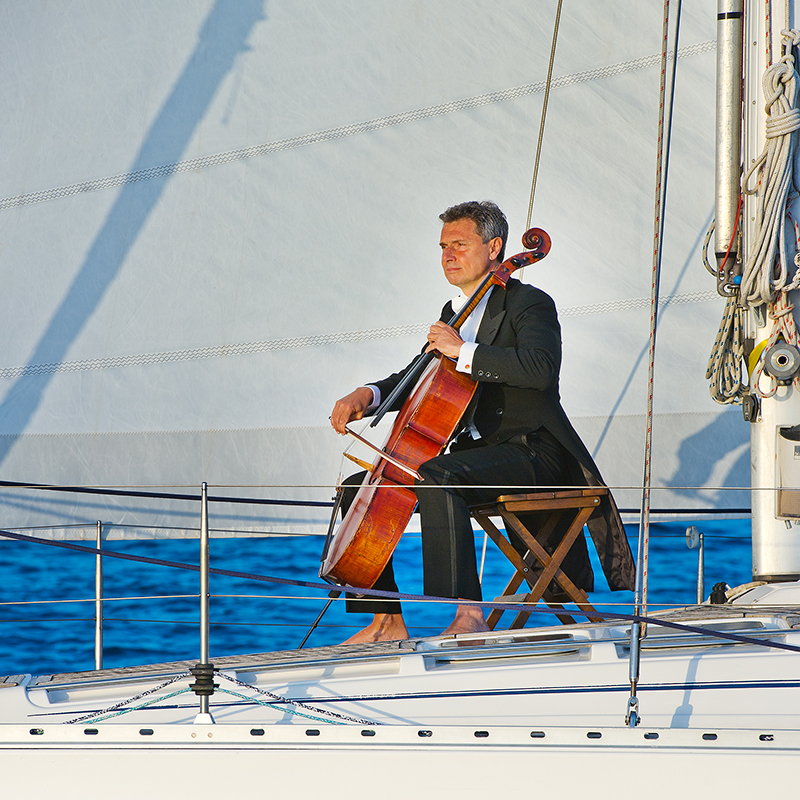
Image by www.clubnauticodellavela.it – Photography by Francesca Luccavia.
Roots and stability or waves and change?
Stability or change? A life that grows on roots or one that moves on waves? But perhaps there is no need to choose, because new ways of being in the world can be invented.
Compared to the speed of the digital nomad, the musical nomad lives at seven knots; compared to those who are forced to relocate, the designer tries to learn from the buskers (street musicians) to grasp the essential. A question of harmonies.
Compared to the speed of the digital nomad, the musical nomad lives at seven knots; compared to those who are forced to relocate, the designer tries to learn from the buskers (street musicians) to grasp the essential. A question of harmonies.
